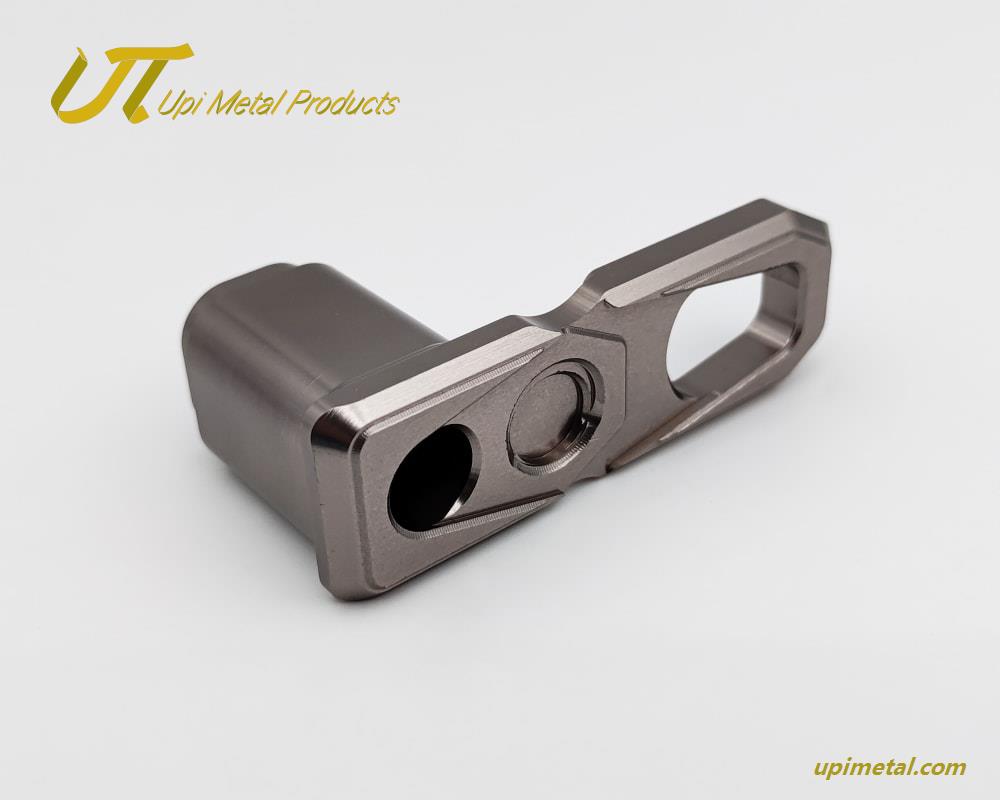Optimal Manufacturing Processes for a Customized Aluminum Alloy Hook on Electric Motorcycles
Title: Optimal Manufacturing Processes for a Customized Aluminum Alloy Hook on Electric Motorcycles

In this blog post, we will explore the manufacturing process selection for a personalized accessory—a high-quality aluminum alloy hook installed on the front of an electric motorcycle. This hook serves as a convenient attachment point for various items such as purchased goods, water bottles, or helmets. With a focus on aesthetics, the hook requires anodized coloring, making it a visually demanding metal component. To optimize production efficiency and material usage, we will discuss the selection of manufacturing processes, specifically the integration of forging and CNC machining. Additionally, we will provide an overview of these production techniques for better understanding. Let's dive in!
Manufacturing Process Selection:
To efficiently produce the aluminum alloy hook in large quantities for commercial sale, a combination of forging and CNC machining processes is chosen. This decision is based on the component's unique shape—a flat plate with a vertical protrusion. Traditional flat plate processing would be time-consuming and material-intensive. By employing forging and CNC machining, we can streamline production while ensuring high-quality results.
Forging Process:
The first step involves developing forging dies to create the basic shape of the hook. During forging, the aluminum alloy is heated and subjected to compressive forces within the dies, forming a rough blank. The forging process provides several benefits, including improved material strength, enhanced structural integrity, and the ability to precisely shape the component's basic form.
CNC Machining:
After the forging process, the rough blank is ready for CNC machining. CNC (Computer Numerical Control) machines employ advanced cutting tools guided by computer programs to refine the blank into the final desired shape. This stage involves precision milling, drilling, and finishing operations to achieve the hook's intricate details, smooth surfaces, and accurately positioned attachment points. CNC machining ensures consistent quality and dimensional accuracy for each produced hook.
Advantages of the Chosen Process Combination:
1. Increased Production Efficiency: Integrating forging and CNC machining reduces manufacturing time compared to flat plate processing. The initial forging step quickly produces the rough blanks, allowing subsequent CNC machining operations to proceed more efficiently.
2. Material Savings: By using forging, the material usage is optimized as the rough blank is shaped closer to the final form. This minimizes waste compared to traditional flat plate cutting, leading to significant material savings.
3. Enhanced Component Strength: Forging improves the aluminum alloy's structural integrity, resulting in a stronger and more durable hook. This is particularly important for a functional component like the hook, ensuring it can support various items securely.
Conclusion:
By combining the forging and CNC machining processes, the production of the customized aluminum alloy hook for electric motorcycles achieves the desired aesthetics, efficient manufacturing, and material optimization. The integration of these manufacturing techniques demonstrates the adaptability and advantages of different production processes for specific component requirements. With anodized coloring and its versatile design, this accessory becomes a sought-after aftermarket component for electric motorcycle enthusiasts.
We hope this blog post provides valuable insights into the manufacturing process selection for such customized accessories and sheds light on the application of forging and CNC machining in the production of metal components.

